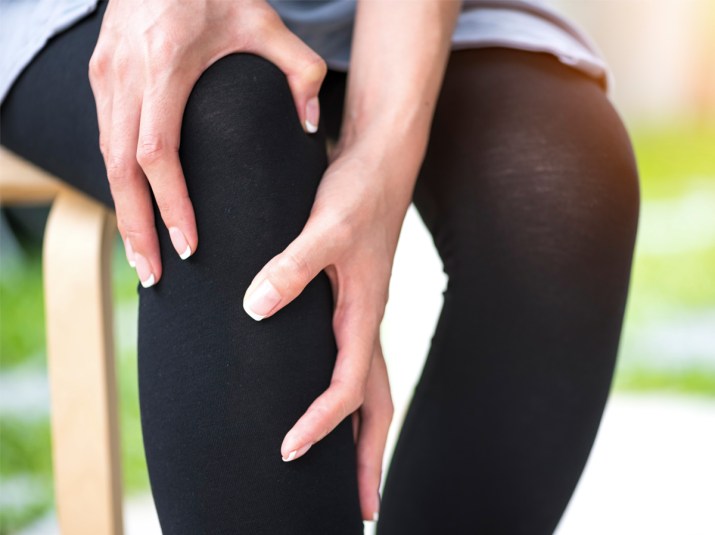Does Travel Make Your Legs Swell? Here’s How to Prevent It

As much as we look forward to summer trips, there’s one serious downside: Long periods of sitting in a car or plane raise the risk of blood clots in your legs, or deep vein thrombosis (DVT), which can trigger swelling and pain. Stay safe with these strategies.
While packing: Pop a pine bark pill.
Supplementing with Pycnogenol (a pine bark extract) can cut your DVT risk by as much as 66 percent, Italian studies show. Biochemist Peter Rohdewald, PhD, explains that Pycnogenol reduces blood stickiness — a key step in preventing clots. To do: Take 200 mg. of Pycnogenol three hours before leaving, 200 mg. six hours into travels and 100 mg. the following morning. One to try: Life Extension Pycnogenol® ($48, LEF.com/ww). Note: Check with your doctor before supplementing.
Before leaving: Pull on knee socks.
If you’re going to be seat-bound for four hours or more, pull on a pair of compression socks or calf sleeves before heading out the door (find fun, colorful options at LilyTrotters.com). A review of 19 studies concluded that the gentle way compression socks hug and support calf muscles encourages blood to keep circulating, cutting your risk of DVT by 63 percent.
Buckling in: Drink up.
Skipping fluids may reduce bathroom breaks, but if you’re going to be seated for three hours or more, University of Connecticut researchers say staying hydrated could cut your risk of leg clots by 47 percent. Hematologist Ron Hoffman, MD, says water dilutes the waste products that make blood more likely to become sticky and form clots. To do: Sip 8 oz. of water as you’re settling in for your travels, then drink another 8 oz. every two hours.
While traveling: Squirm around.
You don’t have to get out of the car or stomp up and down the airplane aisles to prevent DVT. According to University of South Carolina researchers, regularly wiggling your toes, squirming, stretching or bouncing your legs can cut your risk of clots by 33 percent. That’s because contracting feet and leg muscles keeps blood moving up toward your heart, so it’s less likely to pool and form clots.
If you experience unusual pain, swelling, or tenderness in a leg — calves are the most common site for DVT — or skin that feels warmer or looks redder than normal in the affected area, consult a doctor promptly.
This article originally appeared in our print magazine.
We write about products we think our readers will like. If you buy them, we get a small share of the revenue from the supplier.
More From Woman’s World
5 Ways to Have More Fun on Your Summer Vacation
15 Easy Ways to Squeeze Exercise into Your Day This Summer
This Anti-Aging Nutrient Heals Your Thyroid, Revs Metabolism, and Prevents Disease












